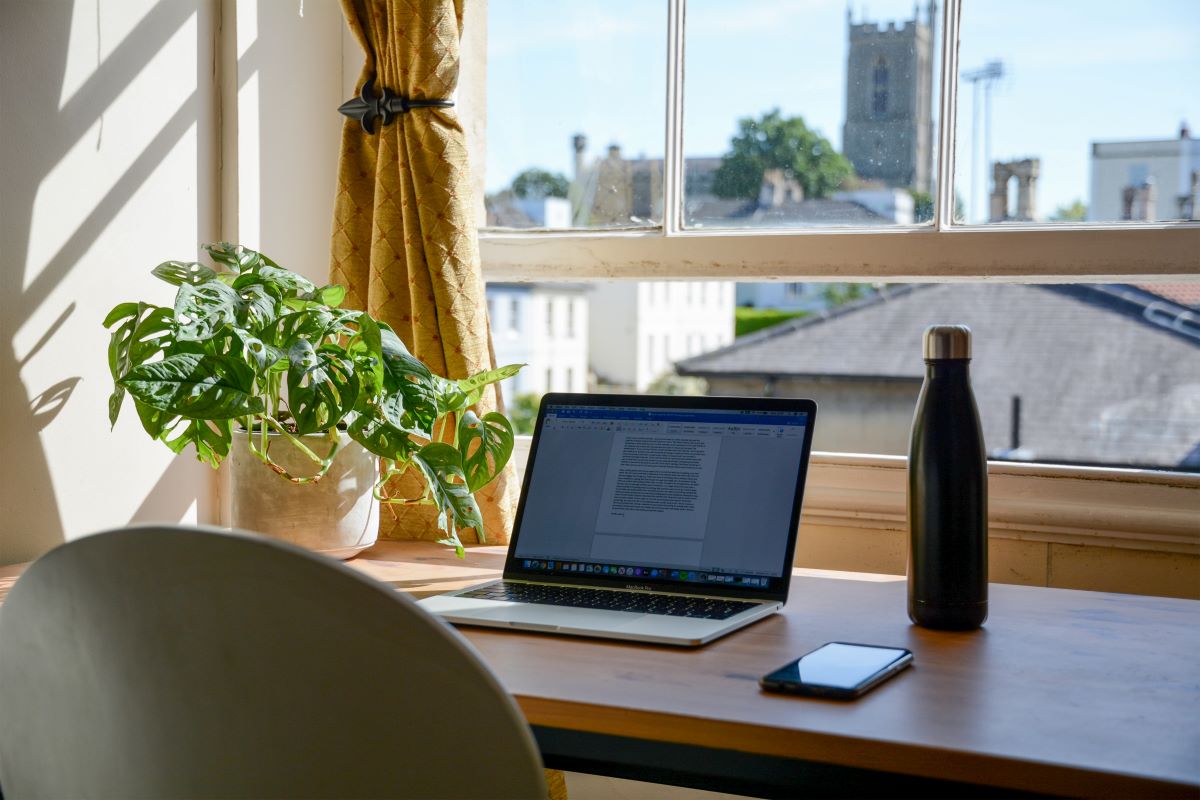Creating A Versatile Home Office

Decorate It to Reflect Your Business
Every successful brand has filled its office with decor and essentials that reflect the business, so you should do the same if you want to maximize productivity and remain on course for your company’s growth.
This all starts by choosing furniture that reflects your business and your personality. If your brand is innovative, bold, bright colors and sleek, tidy lines are essential. You can hang artwork or arrange furniture that inspires you to maintain our vision and makes it easier for clients to understand what your company does.
Set Up a Meeting Space
Entrepreneurship means you will have a lot of meetings with clients. But, without a dedicated office, it’s challenging to determine a designated space to meet and discuss projects.
With exclusive penthouses, you have enough space to maximize your office’s reach. While you have a desk area where you work, you can set up another room specifically for meetings, ideally one with a view if possible. If this isn’t possible, research local coworking spaces or even cafes.
Keep It Separate from the Rest Of Your Home
You will fail to stay productive if you have a constant stream of distractions, whether from your partner, kids, or pets. Because of this, you must keep your home office separate from the rest of your house.
This is easier said than done, of course, but it isn’t impossible. Sometimes, it’s as simple as closing your office door during work hours, maybe even with a Do Not Disturb sign on the handle. If you have outdoor space, a garden room could be another solution, but this represents a considerable investment and requires power access.
Master Organization
By now, you know that organization is crucial for successful remote working. If your desk or larger work area is cluttered, you’ll struggle to remain on task. To overcome this, you can make a habit of tidying up at the end of each day and organizing all the papers and information you need for the following morning.
This is useful when partaking in meetings over Skype, Zoom, or Teams, as it means you have everything you need in one space. Your organizational skills reduce time searching around for specific details and keep the meeting flowing, which encourages efficiency for everyone.
Versatility
A versatile home office is key for boosting engagement and productivity. Although many basic remote working setups can be effective, they lack the distinction that adds an extra layer of efficiency. By designing a space that matches your typical office as closely as possible, you will not need to worry about interference or disruptions from the rest of the household.





